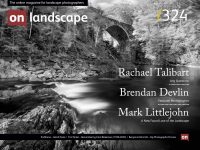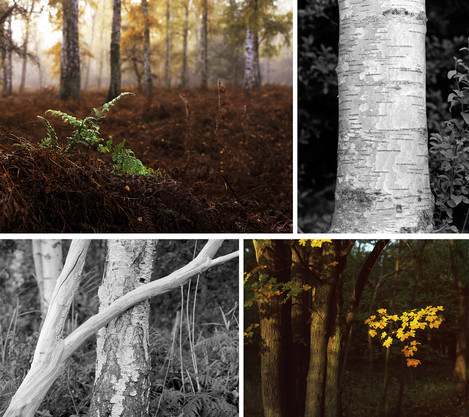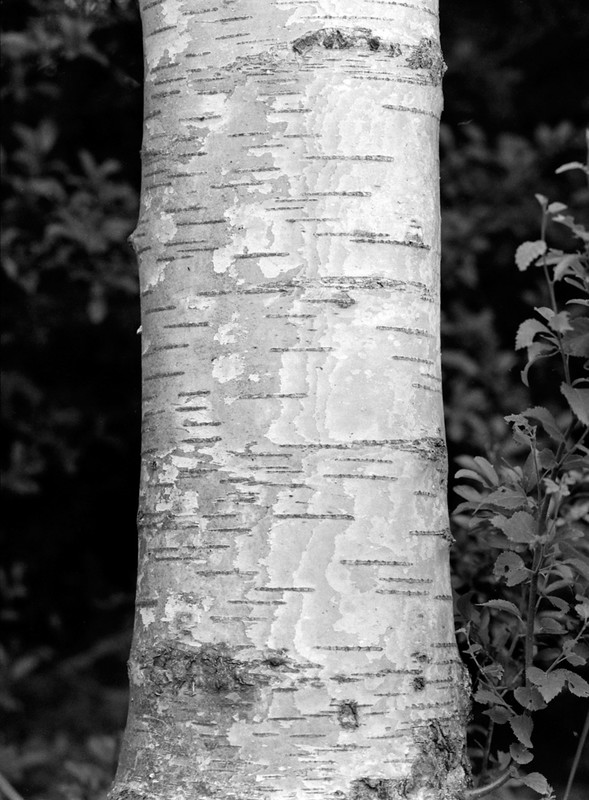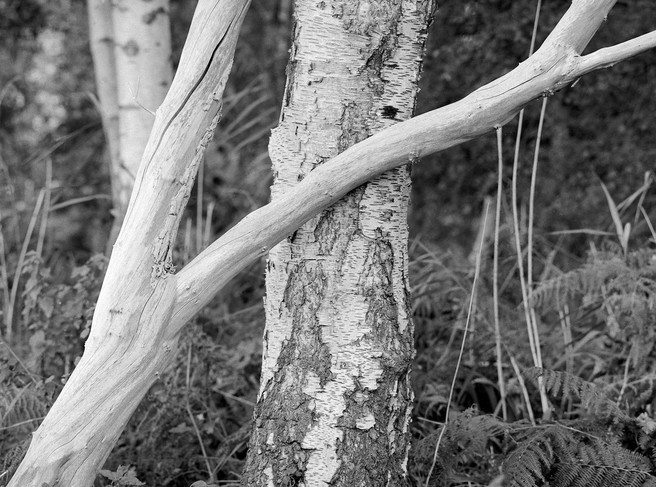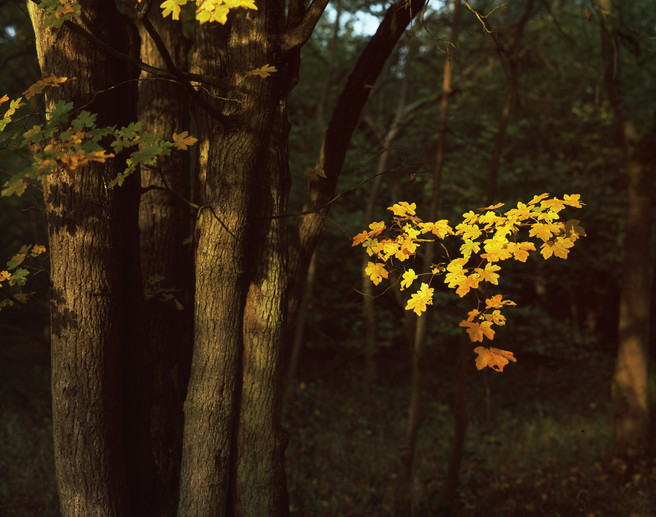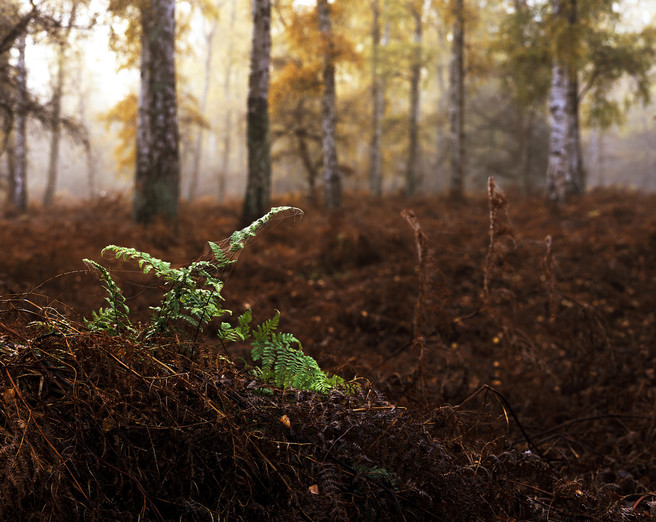Douglas Morse

Douglas Morse
Originally from the United States, I have lived in the UK for 15 years and currently reside in Cambridgeshire. Photography is a creative outlet that connects me with my brother who was a keen and talented amateur. I use film to develop my talents and enjoy printing mine and my brother’s work in the darkroom along with the making of the photographs.
With restricted travel this last year I set myself the challenge of finding interesting subjects in rural Cambridgeshire in the UK. I settled on intimate landscapes in three local woodlands Monk’s Wood, Woodwalton Fen, and Holme Fen. I ‘discovered’ them serendipitously in that I was not looking for them at the times I became aware of them. In some ways this seems to be a metaphor for finding intimate landscape subjects. You may be out in the field but not at all aware of what you will discover. Intimate landscape is all about discovering and revealing both the subject and one’s self.
Each of these woodlands has its own character and history despite being so close to one and other. The lesson here is to be curious and take time to explore the world around you. It is more diverse and interesting than a first impression might impart. Here are some of my notes on the subject at the time.
“It seems I am making regular rounds to my three local woodlands now. Each has a unique character and rather than being repetitive, I find new areas to explore afresh in some and comfort in the familiar places of ones I know better. Of course, these woodlands change all the time, with the seasons and the weather. If one looks carefully enough and is sensitive to subtleties, there is change all around.
This morning I visit Monk’s Wood. Growing up a hillside on determinedly clay soil it is markedly different from the two fen woodlands of Holme and Woodwalton. These latter two are pancake flat being in the drained marshes of the fens. They are also comparatively new.
The silver birches of Holme would not have turned up until after the draining of the fens as they prefer well drained soil. The nearby area of Whittlesey is the last of the fenlands to be drained so the forest is perhaps 150 years old.
Woodwalton Fen was purchased by Charles Rothschild in 1910 as a nature reserve. I am not sure the state of it then but a map from the 1860’s shows it to be a section of drained fenland much like the surrounding area. It is still laced with the drainage canals which are maintained as part of the reserve.
Monk’s Wood by contrast is what one might properly call ancient woodland though that term probably implies more than is true about the place. It is shown in medieval maps and so has been known for some time. It must be said that few of the trees seem that old, but woodlands were for centuries places where locals took resources like game and timber.”
Over the year I spent on this project I feel this focus has allowed me to improve my ability to find and capture intimate landscape images. Researching the history of these places has deepened my understanding of them as well. For instance, there is a curious lack of large old trees at Monk’s Wood despite being mentioned in the Domesday Book. It turns out that after World War I some Canadian lumbermen harvested all the big trees.
For now, I work exclusively with film as a means of connecting with my brother who was a talented photographer. I use a combination of medium format (Mamiya 645 Pro) and Large Format 4x5 (Intrepid 4x5). In medium format I favour a 150mm lens to get a tighter crop of small subjects. I am sometimes asked ‘why film?’ For me it has improved my photography by making me think more about the process. I also find film photography is like my other interests of fly fishing and woodworking. Flyfishing because of its contemplative outdoors nature. Woodworking because it is a challenging creative craft with a connection to the past.

